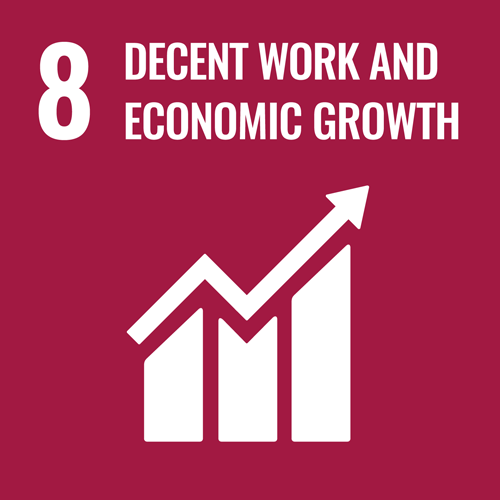We have never before modified our Tech, Media and Telecom (TMT) Predictions in the middle of the year: that would have felt like changing a wrong answer on an exam.
There’s a first time for everything, and the combination of the COVID-19 pandemic, lockdowns, work and learn from home, supply chain interruptions, and economic contraction/changes in consumer spending have affected all ten topics in our 2020 Predictions report published on December 10, 2019.
Here is how we revised our predictions on the five topics most relevant for ITU:
1) Decline in smartphone sales
Our original prediction for 2020 smartphone sales was $484 billion, up 5.8% from 2019. There are a wide range of forecasts coming out after a weak Q1 and an anticipated collapse in Q2, but a 10% global decline for the full year now looks probable.
We had predicted that the smartphone multiplier (the revenues of things that accompany smartphones, such as apps, ads and accessories) would be $459 billion in 2020, and we now expect that to be $393 billion. Longer term, and post-pandemic, we would expect the market for both smartphones and the things that accompany them to return to growth, with the multiplier growing even faster than smartphone sales themselves.
2) Edge AI chips slow down
Not all smartphones have dedicated artificial intelligence (AI) chips (neural processing units, or NPUs, worth an estimated $3 per phone)…but we predicted about a third of phones would have NPUs in 2020, accounting for an estimated 500 million chips out of a total 750 million edge AI processors. We have cut that by 100 million units, to only 650 million, but that will still be more than double the number of phones with edge AI chips that sold in 2017. The presence or absence of an edge AI chip has significant implications on data transmitted, as well as on privacy and security, so this drop will matter.
Longer term, our 2024 call for 1.6 billion edge AI chips still looks likely, and could even be low as new edge AI chips – that are even smaller and cheaper than smartphone NPUs, which in turn are smaller and cheaper than the chips used in data centres for AI training and inference – are hitting the market now. These will not be in phones, but will be in millions (billions, over time) of sensors, Internet of Things machinery, and smart city/smart home solutions.
3) Private 5G speeds up
Although 2020 deployments/launches of public 5G networks have been mixed because of the pandemic (faster in some countries, but delays in others), our prediction for private 5G trials and pilots looks like it will be exceeded. We’re taking our prediction for private 5G tests from “over 100” for the year to “under 1000” based on many trials of private 5G solution just in Q1 of 2020 that we are aware of. It is difficult to say if the more rapid pace of private 5G trials is connected with the pandemic. Testing a new technology while a factory is otherwise idle might make sense, and we have seen some private 5G trials in medical and logistics/distribution verticals, which could well have been accelerated by COVID-19 stresses.
4) Low Earth Orbit goes higher
We are moving our prediction for the number of Low Earth Orbit (LEO) data satellites in orbit by the end of 2020 from “more than 700” to “more than 1,000.” Although OneWeb went bankrupt, before it did it launched 68 satellites in Q1, and Starlink has placed 300 satellites in orbit as of April, with another 60 per month expected for the balance of the year. Partial service is expected late this year.
Once again, it is hard to know how directly the pandemic is influencing the more rapid deployment of LEO sats. But as hundreds of millions of people work and learn from home, as governments try to fill coverage gaps for rural broadband, and as carriers look for more backhaul for the increased traffic due to people staying (and streaming) at home…demand for data from orbit looks stronger than it did when we wrote the original prediction.
5) CDN grows even faster
All that streaming video is running relatively well over global telecoms networks so far but will likely need help from Content Delivery Networks (CDNs.) We originally called this market to be up 25% to $14 billion, and it now looks like 30-40% is possible for the year, or up to $15.5 billion.
Many clients have asked what we think the impact of COVID-19 will be for telemedicine and telework and the rollout of 5G due to health concerns. No comment as of now…but tune in December 8, 2020 for our 2021 TMT Predictions report, where all three topics will be addressed!















